Top speed 214 km/h Length 7.01 m Retired 1934 | Wingspan 8.84 m Introduced 1923 First flight November 1922 | |
 | ||
Manufacturers Avions Fairey, Fairey Aviation Company | ||
Fairey flycatcher
The Fairey Flycatcher was a British single-seat biplane carrier-borne fighter aircraft made by Fairey Aviation Company which served in the period of 1923 to 1934. It was produced with a conventional undercarriage for carrier use, although this could be interchanged with floats for catapult use aboard capital ships.
Contents
- Fairey flycatcher
- Inpact fairey flycatcher 405 flight hms glorious
- Design and development
- Technical description
- Operational history
- Variants
- Operators
- Museum exhibits
- Specifications Flycatcher I
- References
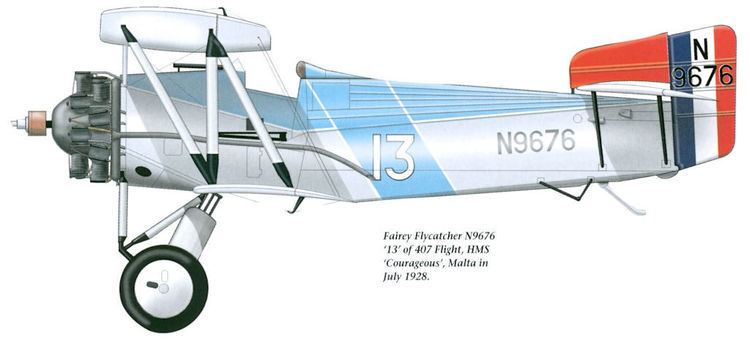
Inpact fairey flycatcher 405 flight hms glorious
Design and development
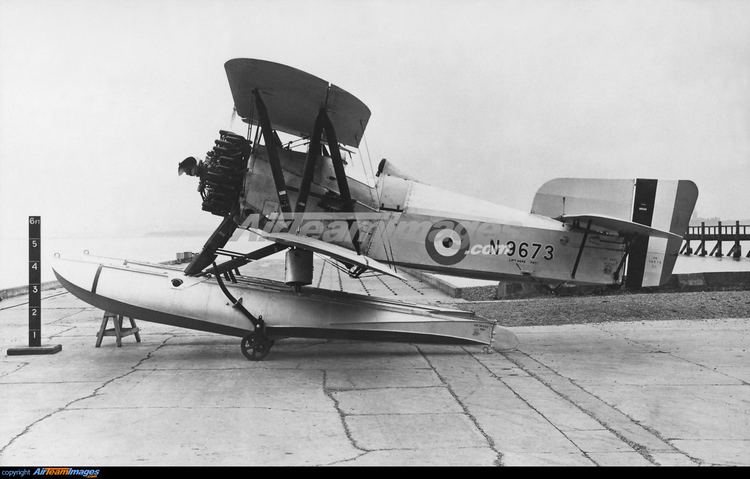
The Flycatcher was designed to meet the requirements of Specification N6/22 for a carrier and floatplane fighter to replace the Gloster Nightjar, powered by either the Armstrong Siddeley Jaguar or the Bristol Jupiter radial engines. Both Fairey and Parnall submitted designs to meet this specification, with Fairey producing the Flycatcher, and Parnall, the Parnall Plover. The first of three prototype Flycatchers made its maiden flight on 28 November 1922, powered by a Jaguar II engine, although it was later fitted with a Jupiter IV. Small orders were placed for both the Flycatcher (for nine aircraft) and Plover (for ten aircraft) to allow service evaluation. After trials, the Flycatcher was ordered for full production.
Technical description
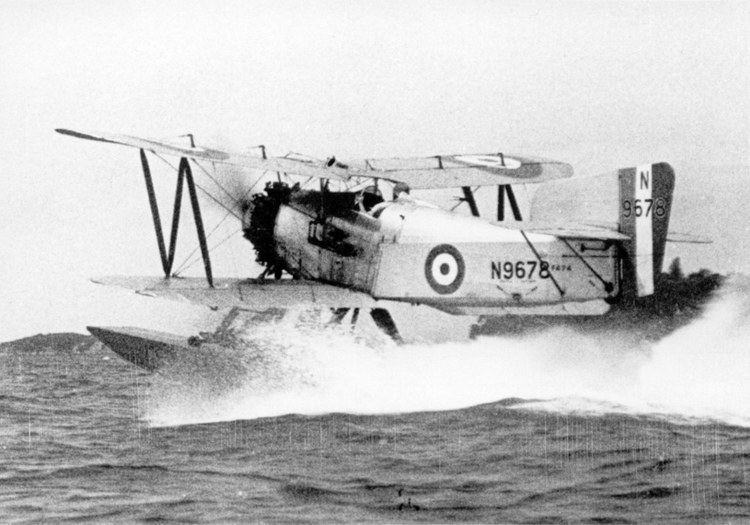
The Flycatcher was a remarkable design for its time and was one of the earliest aircraft specifically designed for operation from aircraft carriers. Flaps ran the entire trailing edges of both wings. These could be lowered for landing and takeoff, providing the aircraft with the capability of using only 50 yd (46 m) of deck space "to come and go."
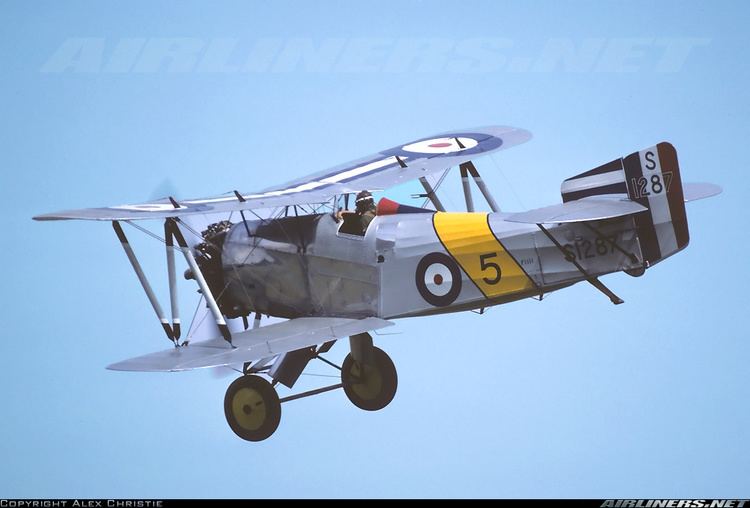
The fuselage was made of both wood and metal with fabric covering. A rather cumbersome undercarriage could be changed for twin floats or a wheel/float combo for amphibian use.
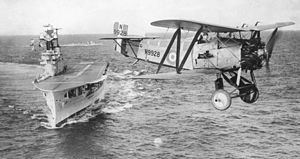
Hydraulic wheel brakes were added to assist the aircraft in stopping in the confined space of an aircraft carrier. Arrestor hooks on the undercarriage spreader bar were a feature of early models, designed to engage the arrestor wires strung out on the carrier deck.
Operational history
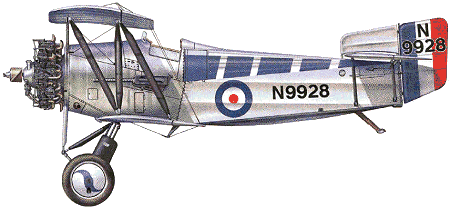
Production of the Flycatcher began at Fairey's Hayes factory in 1923, entering service with No. 402 Flight Fleet Air Arm. The Flycatcher was flown from all British carriers of its era. Some 192 were produced. A typical deployment was on the aircraft carrier HMS Courageous, where 16 Flycatchers would serve alongside 16 Blackburn Ripons and 16 reconnaissance aircraft.
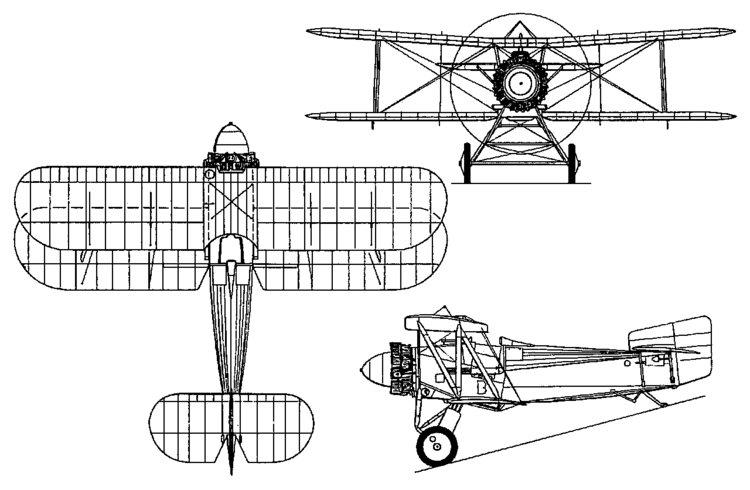
Very popular with pilots, the Flycatchers were easy to fly and very manoeuvrable. It was in these planes that the Fleet Air Arm developed the combat tactics used in the Second World War.
The Flycatcher saw service with the Home, Mediterranean, East Indies and China fleets.
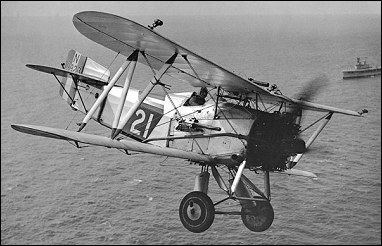
During its service on the China station, the Flycatcher was active against Chinese pirates in the waters near Hong Kong.
Variants
Operators
Museum exhibits
No aircraft survives, but the Fleet Air Arm Museum holds a replica Flycatcher that was built in 1977. Registered as G-BEYB, it was flown until 1996, when it was put on static display. It is currently held in the museum's reserve collection, to which the public has only occasional access.
Specifications (Flycatcher I)
Data from The British Fighter since 1912
General characteristics
Performance
Armament
